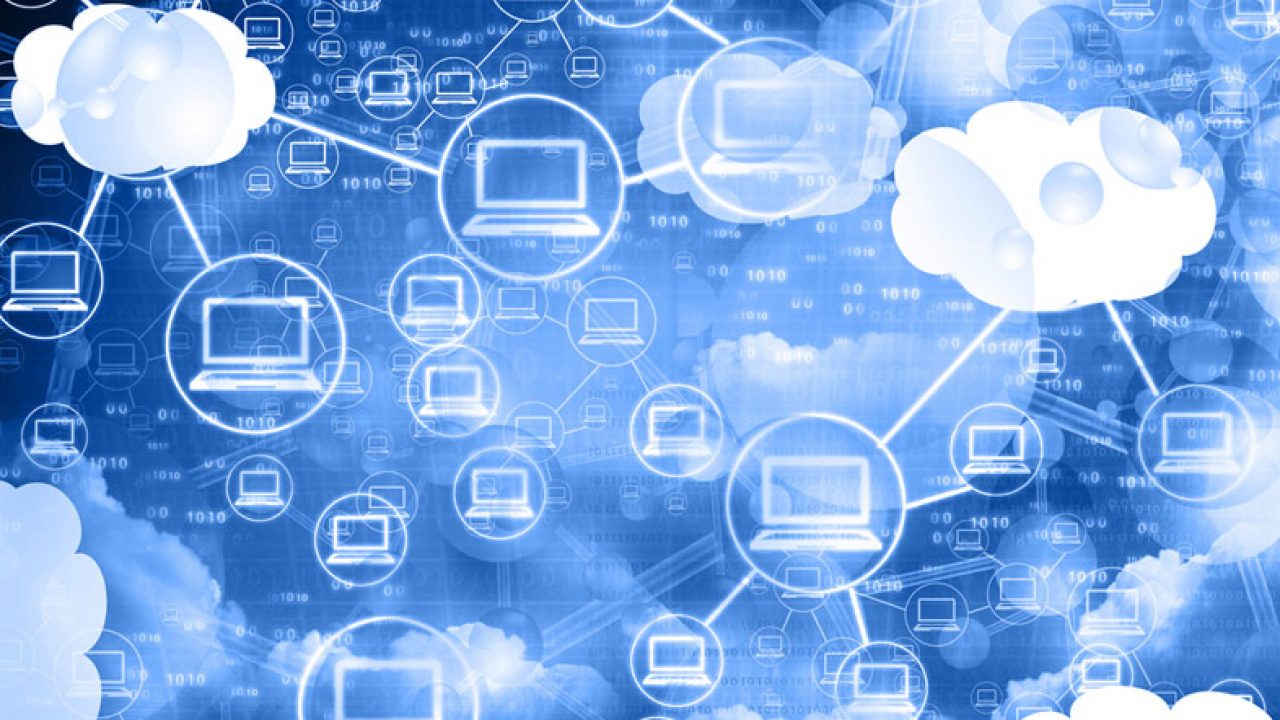What Are The Advantages Of Cloud ERP Software?
Cloud-based systems are growing more within the manufacturing industry. Cloud ERP software use a web browser or web service to transfer data to points of production and production workers from the Cloud.
This changes from an on-premise ERP system through the ability to be configured, updated and remotely connected rather of a physical on-site central installation. The cost of those two ERP delivery models can differ, with cloud-based ERP systems having a normal subscription, and on-premise ERP systems usually having a one-time licensing fee.
There are many advantages of a cloud-based ERP which leads to a host of benefits for end-users. Businesses do not require to set up a dedicated infrastructure; these results in significant IT cost savings that would otherwise use servicing and maintaining the infrastructure.
Also, a cloud-based ERP model gives high scalability for businesses, especially the SMBs who are often cash-strapped. Companies utilizing the on-premise spend a significant amount on acquiring the equipment and the expertise required by their IT team to understand the sophistication of ERP software when it upgraded.
Some Of The Benefits Of Cloud ERP Software:
Improved ERP Performance And Keeps Up-To-Date:
Moving the ERP to the cloud significantly frees up computational power and resources that are required when deploying a standalone ERP solution. This is excellent news for smaller companies that cannot provide massive infrastructure because all that is needed for cloud ERP to function is a steady internet connection.
Leveraging the Salesforce app cloud platform is supporting businesses to build and update their cloud ERPs on a six-month cycle without having to create new statements. Companies such as Sage and Kennedy are now using this SaaS platform precisely for this reason.
Security Enhancements:
The data passing into and out of an ERP system is usually confidential and thus needs to be shielded. Cloud ERP solutions offer better security solutions that ensure the information is adequately encrypted and protected. User access to cloud-based systems provides activity tracking and thus issues a semblance of control with respect to user accountability.
Real-Time Analytics:
Contemporary industry models require real-time analytics to provide process optimization and business data on which to base decisions. Cloud ERP comprises API links to the platform to enable customers to scale reporting and analytics required accordingly.
Instantaneous access through the cloud makes data immediately accessible which has value, particularly in manufacturing industries where real-time analytics are needed to optimize processes.
Cloud ERP supports the continually developing platform-based applications and supports API development and integration, integration, focusing on analytics, and real-time application response.
A Decrease in Operational Costs:
In-house ERP software needs hardware and human resources to manage it. Moreover, licenses and the ERP software itself will likely improve the IT budget significantly. Cloud ERP solutions usually have the option of a monthly subscription that can be modular or tailored to the customer’s needs with minimal original outlay cost. The implementation are also considered as a lower cost, thus decreasing overall operational costs substantially.
Building solutions on a platform negate the growth time required to construct programs from scratch. Thus resources can be adequately allocated to more challenging appearances that add business value.
Businesses can use existing platforms and add customizations at a much lower cost to the company than if growing the program in-house. ERP Software for Manufacturing Industry takes less cost and provides better features too.
Backup And Recovery:
A right Cloud solution provider makes arrangements for disaster recovery ability running 24 hours. This way, no important data is lost, and there is a back-up always.
Pocket-Friendly:
A perfect cloud ERP solution reduces the need for paying extra for application software licenses. It instead lets you pay an affordable fixed monthly fee, besides avoiding additional infrastructural costs such as hardware and data servers and paying down the cost incurred in maintenance and support of the applications.










Post Comment